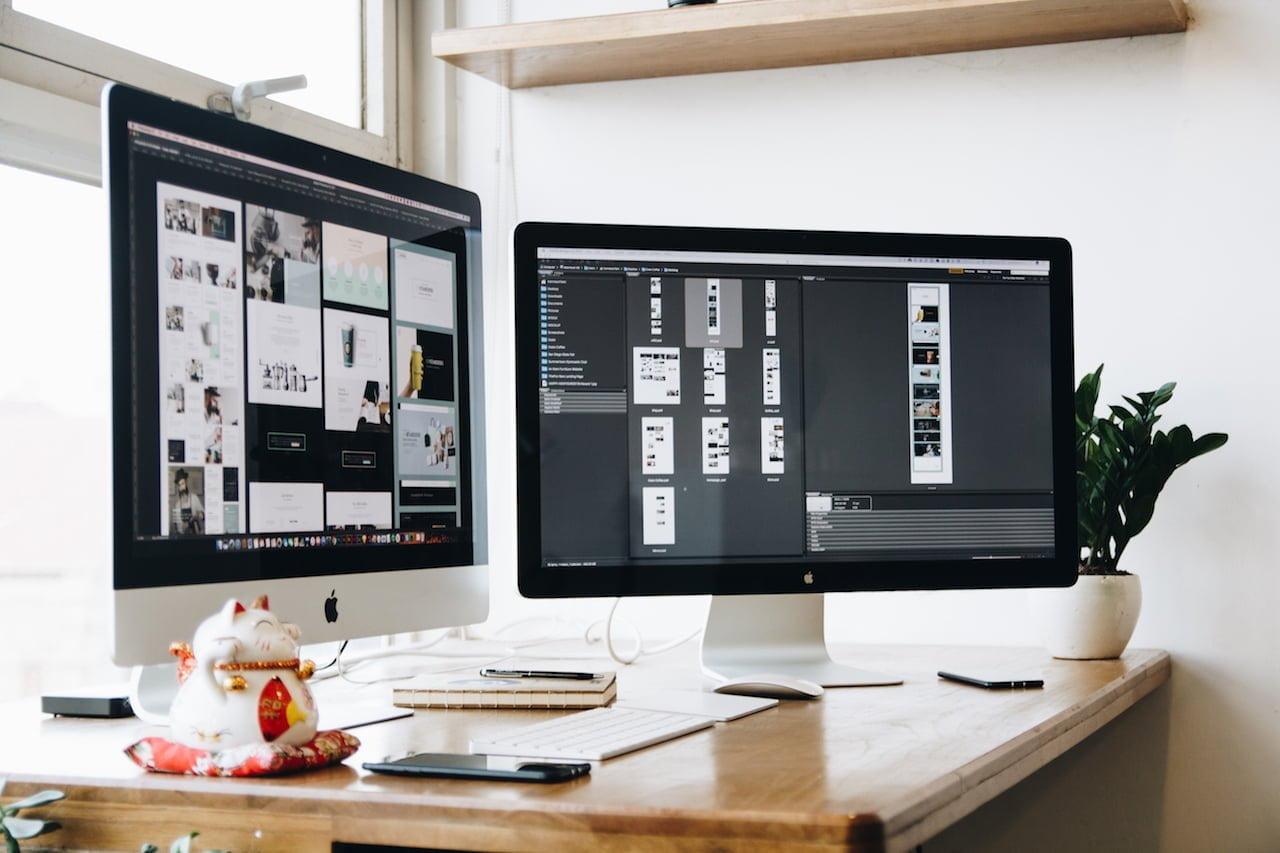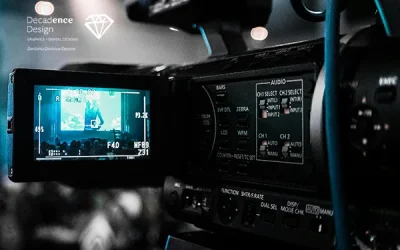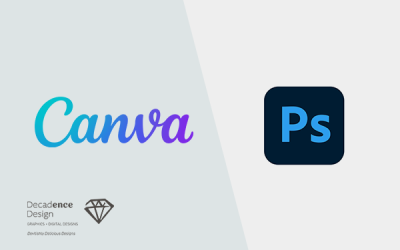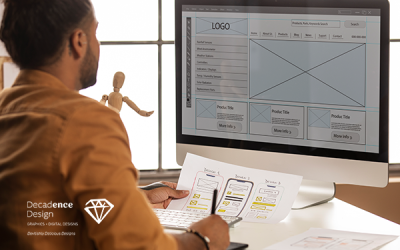With everything shifting online now, users are inundated more than ever by content! How do you make your company designs stand out from the crowd?
The power of graphic design and a designer/marketer who understands the purpose of the design and the target audience will ensure the power and effectiveness of the designs. From social media creatives to marketing collaterals to websites, from brand logos to signages to marketing videos, apply these design trends to capture your target audience!
Keep It Simple
If you look at modern design, it’s very simple and very clean. Assuming your brand isn’t yet iconic, simplicity can serve as a sort of shortcut to credibility. For instance, if you were looking for reliable fitness advice, would you be more inclined to stay on a website with a chunky texts and icons all over the place, or a clean and simple webpage with just the information that you’re looking for?
Unless it ties in with your brand identity, always go for a graphic design that’s clickable instead of confusing. This rule applies even to the core pages of your website.
Using Contrasting Colours
Contrast makes it easy and pleasurable to read your design. The basic rule is readability – make sure that the text on your images is immediately legible.
Dark text on light backgrounds or vice versa. This can be tricky when you’re working with a background photo that has both dark and light areas. You could carefully place your text around different elements of the photo. Or use a translucent overlay.
This way, you get the contrast of a solid background with the visual interest and branding potential of a photo background.
Limit to One or Two Fonts
You probably have access to hundreds of fonts. It can be tempting to use a new font for every part of your text but put them all together and your image is likely to have a chaotic feel. Instead of that, choose a pair of fonts. Instead of tying all your visual assets together, you may want to put in a little work ahead of time to find a couple of fonts to call your own, and then use them on everything you create.
Make sure you have a font that represents your business. So, if you’re going for something very luxurious, you might want to use a cursive font. Sticking to just two fonts, which reflect the business they’re promoting brings unity to this somewhat complex image.
Using Varying Font Sizes for Added Emphasis
A single font can have a totally different feel at headline size than it does in 12-point. Rather than go all out with font and colour changes for the most important parts of the text in your image, try a simple size change for emphasis first. Using two sizes of the same font can direct the eye to the most important parts of your image. Another way to transform a font while keeping it on brand is to apply different effects. If you’re searching for a font or two that make sure to check out how it looks in its bold and italic forms as well.
Strategically Select Your Colour Palette
As with fonts, restraint pays off when you’re selecting colours. Two or three hues are often plenty in a small space such as a banner advertisement. Your logo and brand colours are an obvious starting point. Technology can be your friend here as well. A number of online resources have popped up just to help you figure out which colours go together. Collaborative repository of colour palettes, many inspired by photographs, fabric patterns, and another eye candy. A random colour scheme generator that gives you five coordinating colours at a time is ideal for inspiration if you’re starting from scratch. Resources such as a colour combo library, a colour combo tester, and even blog posts suggesting starting points for different marketing cases.
Using White Space to Your Advantage
Which isn’t to say that space actually has to be white. It can be a solid colour, a pattern, or even a subtle photo image. Think of white space as structural support for the most important elements of your image. If the space between your headline and your icon gets too narrow, its strength is reduced. It can’t effectively position the headline or the icon to catch viewers’ attention. Try dragging different elements to different parts of your canvas and watch how your centre of attention shifts. You may find that, oddly enough, blocks of white space make everything more dynamic.
Adding Icons to Support Your Message
An icon can be easier to understand than a photo or a multicolour illustration, especially if you use colour strategically to tie it to the text. Say you’re writing a blog post about improving your email open rate. Adding an icon of, say, an envelope to your image is a great way to reinforce the message of the blog post. Don’t be afraid to go for the obvious icon in cases like these. A subtle visual pun or a tiny, intricate image is likely to sail right past most of your audience online, so make sure it’s immediately apparent what your icon has to do with your message.
Read how to design awesome infographics here: www.decadencedesign.com/2020/03/22/how-to-design-awesome-infographics
Let Form Follow Function
Finally, rather than trying to fit graphics you’ve already created into odd-shaped spaces, start by researching the ideal image dimensions for whatever platform you’re using. In the same place where you’ve stored your colour palette hex codes, make a list of the preferred dimensions for any channel you regularly use. You’ll end up with an image that truly fits into its surroundings.
Bionic’s Logo Design Uses Minimalism To Stand Out And Make A Statement





